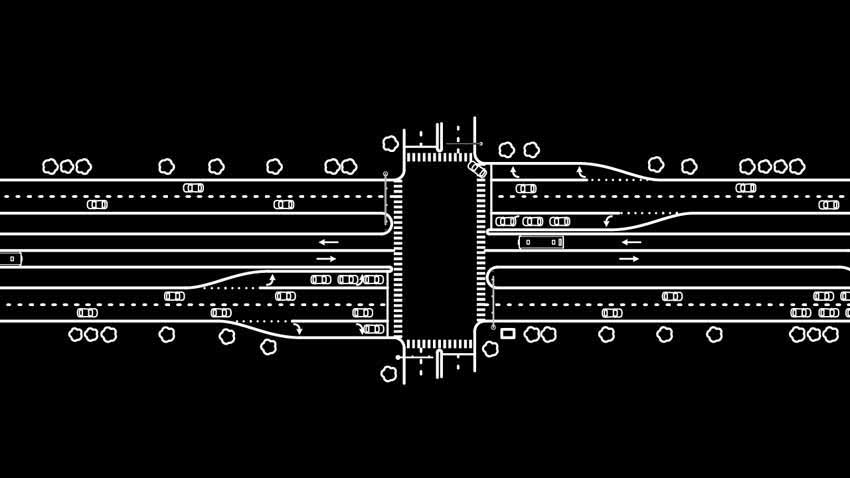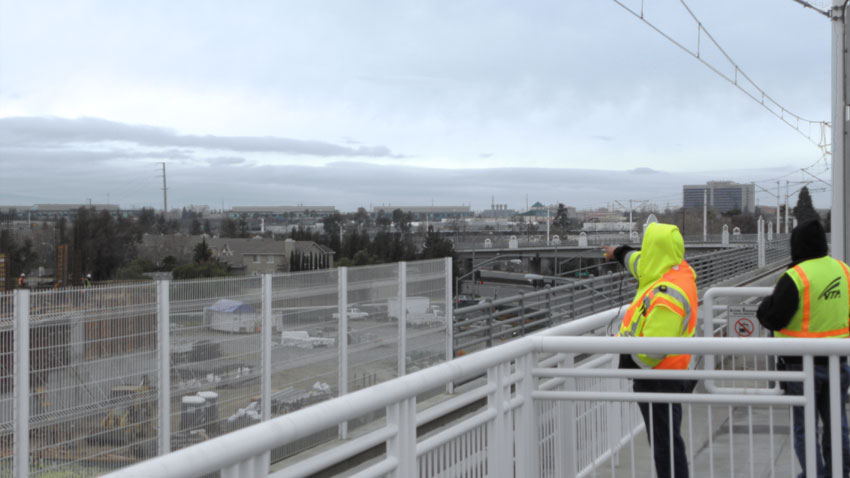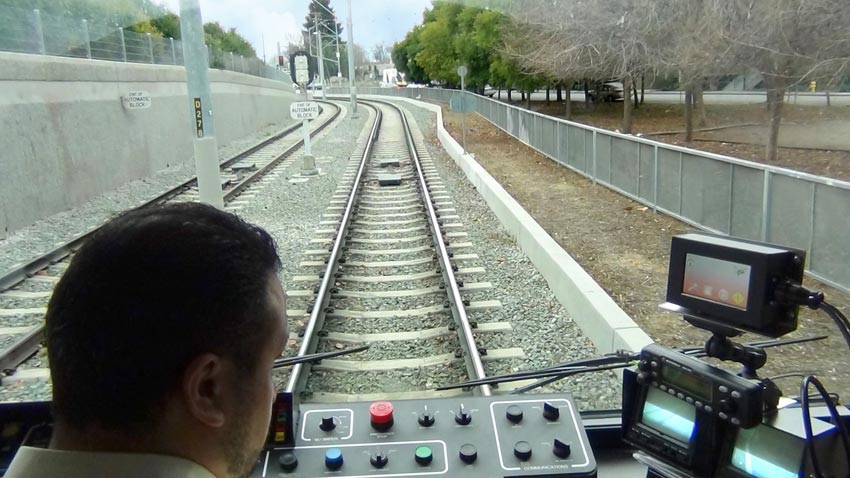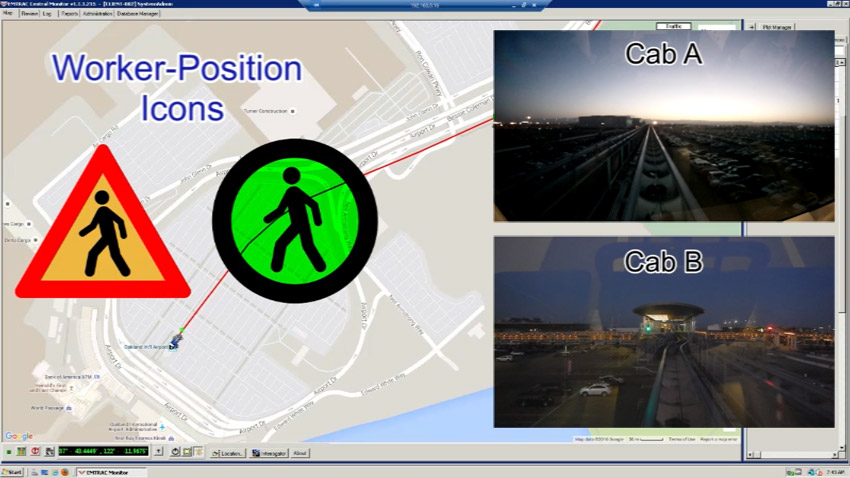- Worker alerts configurable by fixed distance or estimated time-distance (ETA).
- Varying alert methods are triggered according to the level of urgency (low, mid, and high). The alert methods include ultra-bright LED flashes, high-volume audible alarm, and/or vibration.
- Alert types configurable by scenario. For example, workers who are not adjacent to the tracks may receive mid-level alerts when trains approach their position.
- Configurable transmission modes enable administrators to decrease transmission intervals during down times to further extend battery life.
- The Central Monitor software enables central personnel to locate worker and train positions with the click of a mouse, view detailed logs of worker and train activity, and receive safety alerts as they occur.
EMTRAC Rail Worker Safety
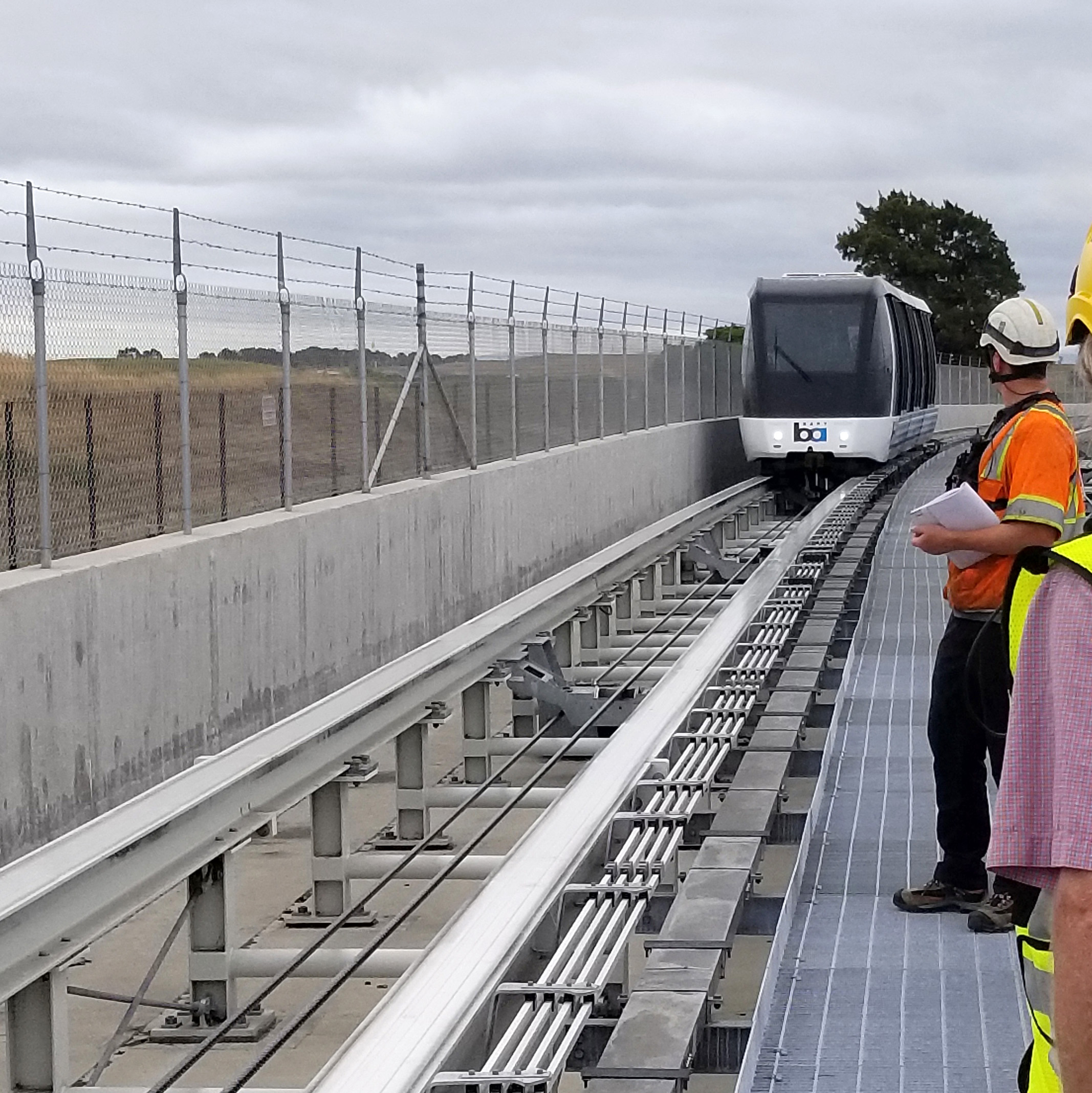
As the number of rail lines through metro areas increases, so does the potential for pedestrian accidents—and wayside rail workers are often in the most vulnerable locations.
By utilizing precise GPS and secure frequency-hopping spread spectrum radio, the EMTRAC Personal Notification Unit (PNU) alerts rail workers when an approaching train is within a specified distance. When the train reaches this distance, the PNU flashes an ultra-bright LED, sounds a pulsed alarm, and/or vibrates to alert the worker of the approaching train.
Upon detecting wayside workers, the EMTRAC system also alerts train operators through the in-cab Control Head, which may be set to both visually and audibly notify of the presence of equipped workers.
- Ease of Installation & Maintenance: Wireless system requires no in-track switches or circuits and interfaces with existing systems.
- Reliability: Wireless communication does not require line-of-sight and has passed testing in some of the most unfavorable environments, including tunnels, depressions, below overpasses, and in pedestrian environments.
- Precision: Multi-constellation satellite and inertial positioning provide reliable worker and train locations, while also avoiding unnecessary safety alerts.
- Flexibility: Agency personnel have the ability to configure their worker-safety system to match their desired functionality.
- Modular Functionality: All of the EMTRAC system applications (such as Transit Signal Priority or the Positive Train Control functions) utilize the same components, so additional capabilities may be added later as schedules or budgets allow.
Rail Worker Safety Video
Worker Detection Zones
The EMTRAC Rail Worker Safety system utilizes geographic detection zones, which are defined in the Systems Manager software.
A number of different types of detection zones may be defined, with each zone type prompting a specific alert mode. For example, a zone that overlays a work site may be set up so that when workers leave the area, a low-level alert is triggered.
As an example, the following types of detection zones may be configured (with additional zone types available):
- Track Zone: Corresponds to train routes for the purpose of alerting personnel (wayside, train operators, and/or central) of approaching trains.
- Geoguard Zone: Activates an alert when the PNU leaves the zone. Because there is no limit to the size of geo-fence zones, these zones are useful for maintaining security and may cover an entire facility, work zone, or city.
- Restricted Zone: Activates an alert when the PNU enters the zone. These zones may be used to notify personnel that they have entered unauthorized areas.
- Silence Zone: Effectively stops the PNU from triggering any alert response, while still receiving alert signals from equipped vehicles. These zones are useful to designate areas where personnel will be present but do not need to receive alerts.
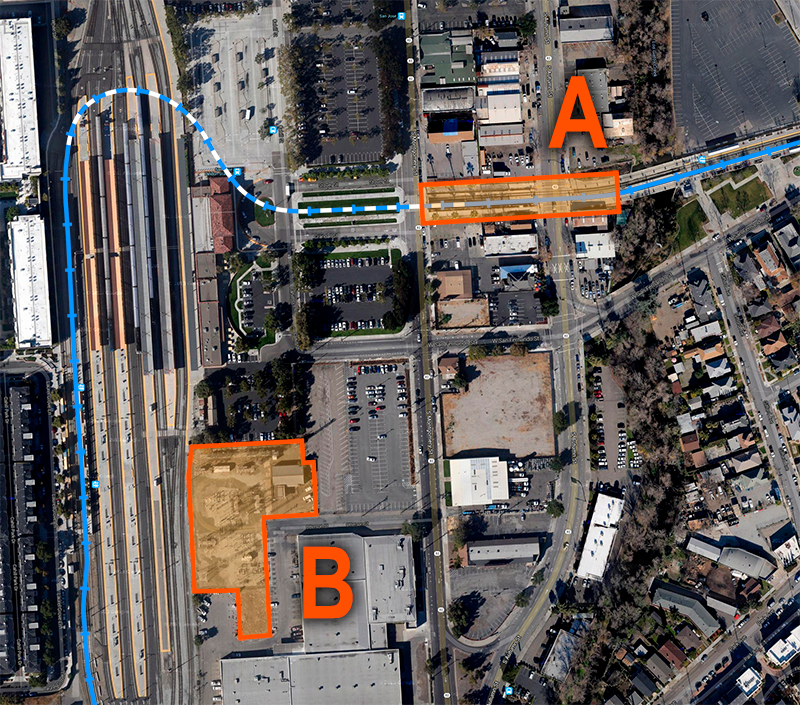
Automatic Logs & Updates
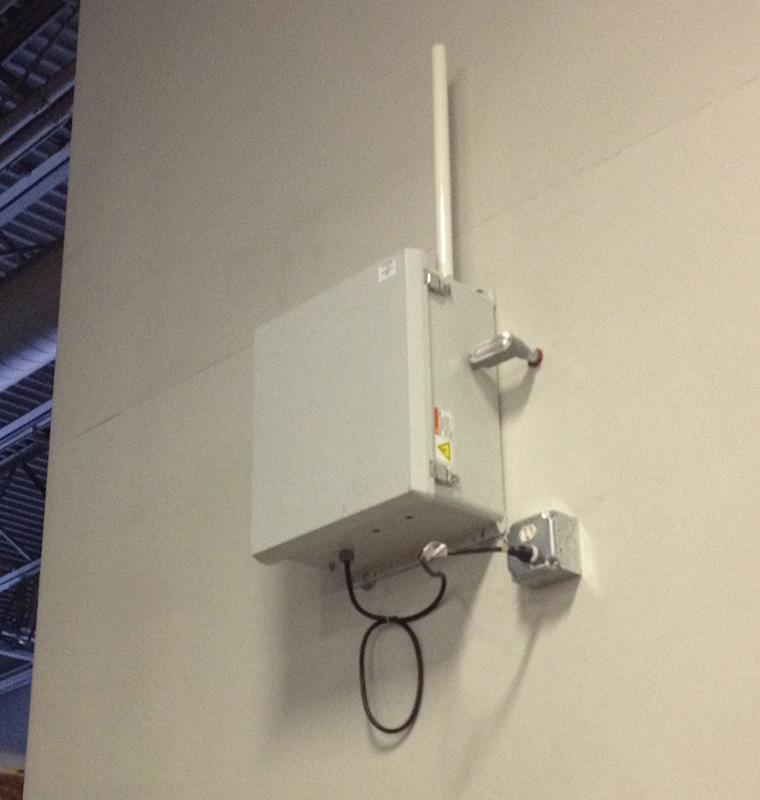
The EMTRAC Interrogator System enables transit agencies to automatically download activity logs from—and upload firmware and database updates to—Personal Navigation Units (PNUs).
The EMTRAC Interrogator System can be used at rail operations centers and maintenance facilities, as well as other locations.
As equipped personnel return to the operations center after shift, their PNUs are placed at charging stations, which is within radio range of the EMTRAC Interrogator.
The Interrogator utilizes secure frequency-hopping spread spectrum radio to download activity logs from the EMTRAC units, and this data is forwarded to a server running the EMTRAC Central Monitor software, where it may be viewed by authorized personnel.
- Low Profile: For external connections, the EMTRAC Interrogator Kit requires only 120 VAC power and Ethernet. All communication with EMTRAC vehicle components is performed wirelessly.
- Limitless Memory: By transferring activity logs to the system server, the EMTRAC components are able to continually store new log entries.
- Timeliness: High communication rates enable fast data transfers, while offering many options for where to mount the Interrogator—such as near PNU charging stations.
- Flexibility: The EMTRAC Interrogator may be mounted on wall, pole, or other structure, and multiple antenna options allow for reliable communication, even in high-interference environments.
- Ease of Installation & Maintenance: Wireless system requires no in-track switches or circuits and interfaces with existing systems.
- Reliability: Wireless communication does not require line-of-sight and has passed testing in some of the most unfavorable environments, including tunnels, depressions, below overpasses, and in pedestrian environments.
- Precision: Multi-constellation satellite and inertial positioning provide reliable worker and train locations, while also avoiding unnecessary safety alerts.
- Flexibility: Agency personnel have the ability to configure their worker-safety system to match their desired functionality.
- Modular Functionality: All of the EMTRAC system applications (such as Transit Signal Priority or the Positive Train Control functions) utilize the same components, so additional capabilities may be added later as schedules or budgets allow.
EMTRAC Videos
EMTRAC System video demonstrations of EMTRAC System capabilities, including Emergency Vehicle Preemption (EVP), Transit Signal Priority (TSP), transit rail safety, vehicle detection, and signal management.

